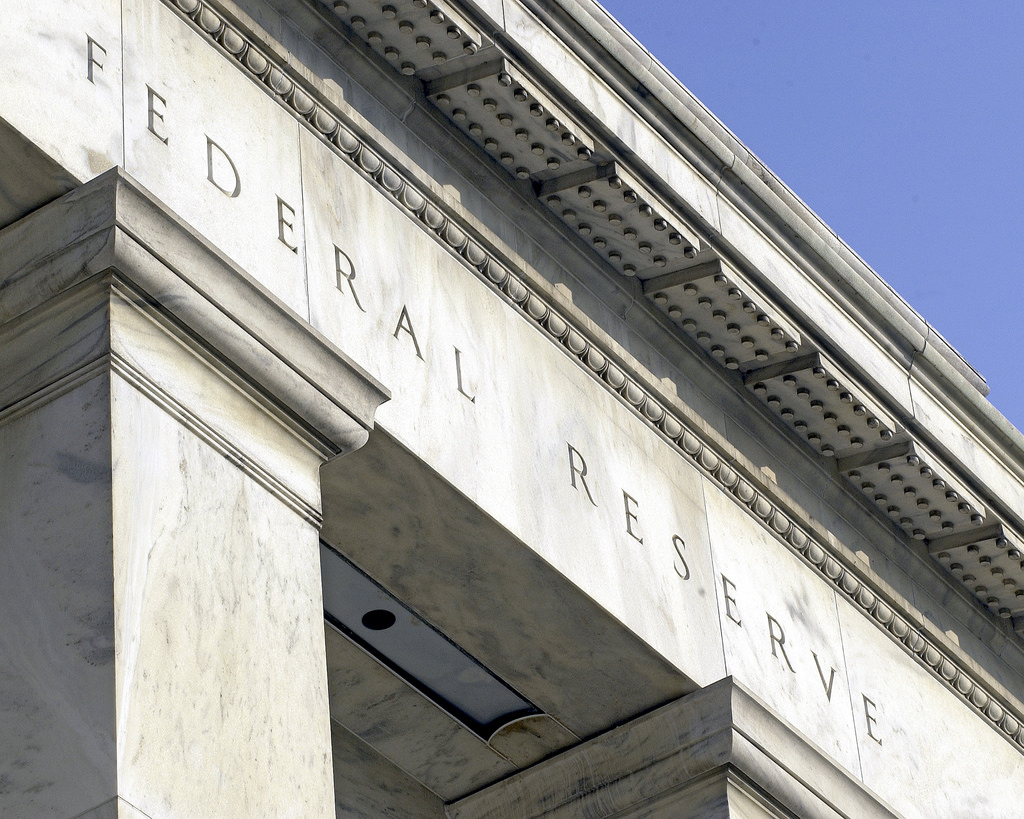BNY Mellon Investment Management: Fed cuts rates by 25 bps, major easing cycle 'unlikely'
BNY Mellon Investment Management: Fed cuts rates by 25 bps, major easing cycle 'unlikely'

Onderstaand de reacties op het rentebesluit van de Federal Reserve van Shamik Dhar, Vincent Reinhart, en Paul Brain, respectievelijk hoofdeconoom van BNY Mellon Investment Management, hoofdeconoom bij Mellon, onderdeel van BNY Mellon en hoofd vastrentende waarden bij Newton, eveneens onderdeel van BNY Mellon.
In response to the move, which had largely been priced in by markets, BNY Mellon Investment Management chief economist, Shamik Dhar, says: 'In our view the Fed didn’t cut rates because its central forecast for the economy had deteriorated significantly but rather because downside risks are rising and inflation remains low. In that sense it is being termed as ‘taking out insurance’. For that reason, we believe it is unlikely to signal the start of a major easing cycle - unless one of those downside risks materializes over the coming months.'
In the weeks leading up to the 31 July decision, the market had been pricing in two cuts for 2019 and two for 2020. Some also thought the July cut would be by 50bps, although consensus expectations centred on 25bps.
Commenting, Vincent Reinhart, chief economist and macro strategist at Mellon, a BNY Mellon company, says: 'The incoming data was mostly in favour of the modest course, as the Fed might find it hard to justify more than a 25bps ease in light of strong job gains and higher-than-expected consumer prices in recent months. But, some of the Federal Open Market Committee (FOMC) were leaning towards a 50bps cut. This raises the question, if not now, when?'
According to Newton head of fixed income, Paul Brain: 'The real story is what happens next. The bond markets (and also equities) have fully priced a cut in the Fed Funds Target upper bound from 2.5 to 2.25 but with 2-year yields at 1.80% further rate cuts are expected.'
‘Post the initial 25bp cut announcement, attention will focus on how dovish the Fed sounds and also what they may be looking for to confirm further rate cuts are needed. So far the attention is on the weakness of the global economy and the lack of inflation (at less than 2%). If the story evolves to one of domestic concern then all eyes will be on the USD and how it responds.’







